With reluctance, George Gershwin, commissioned by the self-styled King of Jazz in 1920s New York, composed his “musical kaleidoscope of America,” Rhapsody in Blue. Stephen Vessels curates the discussion in his series on classical music rarities.
George Gershwin, Rhapsody in Blue, Orchestrated by Eugene Ormandy with the Philadelphia Orchestra.
A Nuanced Chamber of Silence – George Gershwin’s Rhapsody in Blue
By Stephen Vessels
This has to be the one. I’ve loved this piece since I was a kid. Not just this piece, this particular recording, which my father had on 8-track, and which we listened to many times together.
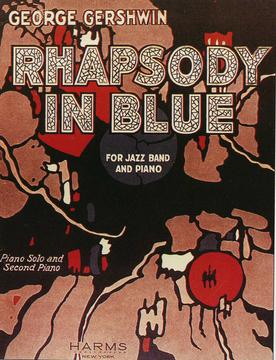 Like Tchaikovsky with his Nutcracker Suite, George Gershwin initially didn’t want to compose what would become his best known and most loved piece of music. Paul Whiteman, the self-styled King of Jazz, approached him in early 1924 with the idea of writing a “jazz concerto” and Gershwin declined. He’d had little experience with orchestration and did not feel he could meet the deadline. He changed his mind, thank heaven, and collaborated with Whiteman’s arranger, Ferde Grofé, on the orchestration. They finished the score only eight days before the scheduled performance. The rehearsal schedule was so grueling that, at one point, it had a defining impact on the composition. The opening of the concerto, scored for B-flat clarinet, was initially written as a 17-note rising scale. During one of the final sessions, the clarinetist, Ross Gorman, in a joking expression of fatigue, played the scale as a lazy glissando. Gershwin loved the effect and altered the score to incorporate it.
Like Tchaikovsky with his Nutcracker Suite, George Gershwin initially didn’t want to compose what would become his best known and most loved piece of music. Paul Whiteman, the self-styled King of Jazz, approached him in early 1924 with the idea of writing a “jazz concerto” and Gershwin declined. He’d had little experience with orchestration and did not feel he could meet the deadline. He changed his mind, thank heaven, and collaborated with Whiteman’s arranger, Ferde Grofé, on the orchestration. They finished the score only eight days before the scheduled performance. The rehearsal schedule was so grueling that, at one point, it had a defining impact on the composition. The opening of the concerto, scored for B-flat clarinet, was initially written as a 17-note rising scale. During one of the final sessions, the clarinetist, Ross Gorman, in a joking expression of fatigue, played the scale as a lazy glissando. Gershwin loved the effect and altered the score to incorporate it.
It was on the train, with its steely rhythms, its rattle-ty bang, that is so often so stimulating to a composer – I frequently hear music in the very heart of the noise…. And there I suddenly heard, and even saw on paper – the complete construction of the Rhapsody, from beginning to end. No new themes came to me, but I worked on the thematic material already in my mind and tried to conceive the composition as a whole. I heard it as a sort of musical kaleidoscope of America, of our vast melting pot, of our unduplicated national pep, of our metropolitan madness. By the time I reached Boston I had a definite plot of the piece, as distinguished from its actual substance. — George Gershwin in the 1931 Isaac Goldberg Biography
The piece received its premiere at the concert, An Experiment in Modern Music, held on February 12, 1924, in Aeolian Hall, New York, by Whiteman and his band with Gershwin playing the piano.
I’ve listened to many, many renditions of this piece. None of them, not Bernstein, not Oscar Levant, none of them, touch what Eugene Ormandy and Philippe Entremont accomplished in their 1967 recording for Sony. Ormandy, who had recorded it with Levant in 1945, knew the score intimately. He more communes with than conducts the Philadelphia Orchestra, like they share one mind, and Entremont, on the piano, articulates every note, however fleeting, as if it inhabits it’s own nuanced chamber of silence.
So here, composed in 1924, is the marvelous Rhapsody in Blue. Happy New Year, everyone. I wish you all love and happiness.
STORY: German Composer’s Paean to a Healing Work of Renaissance Art
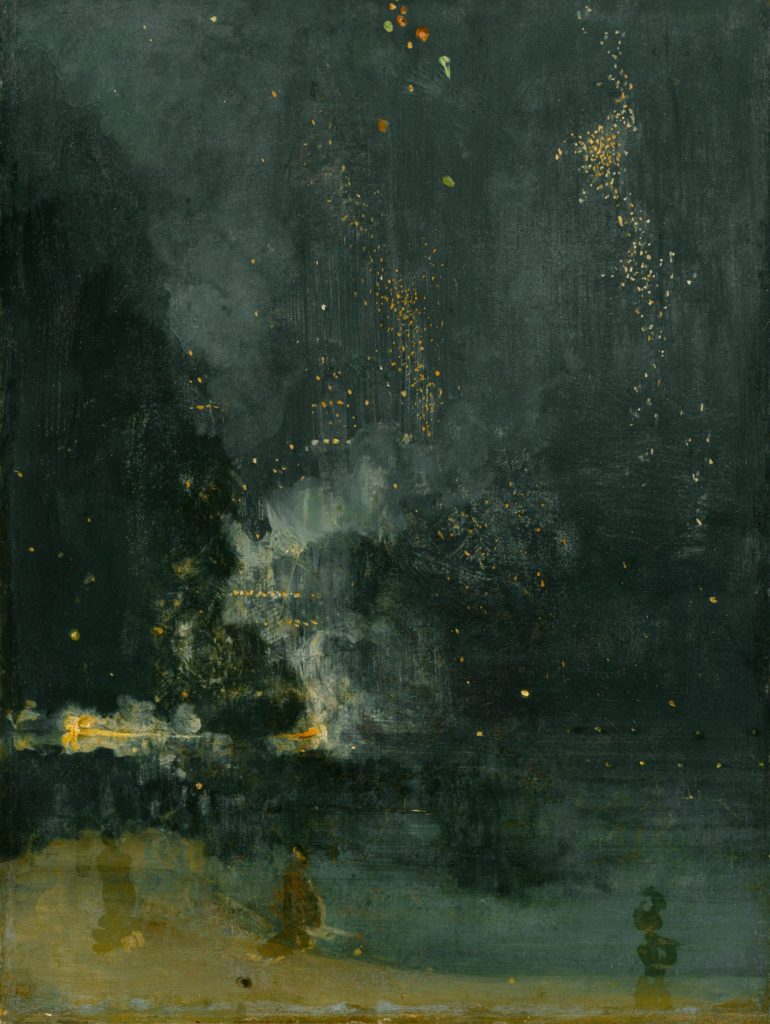
Series Curated By Stephen Vessels
Updated 1 February 2024

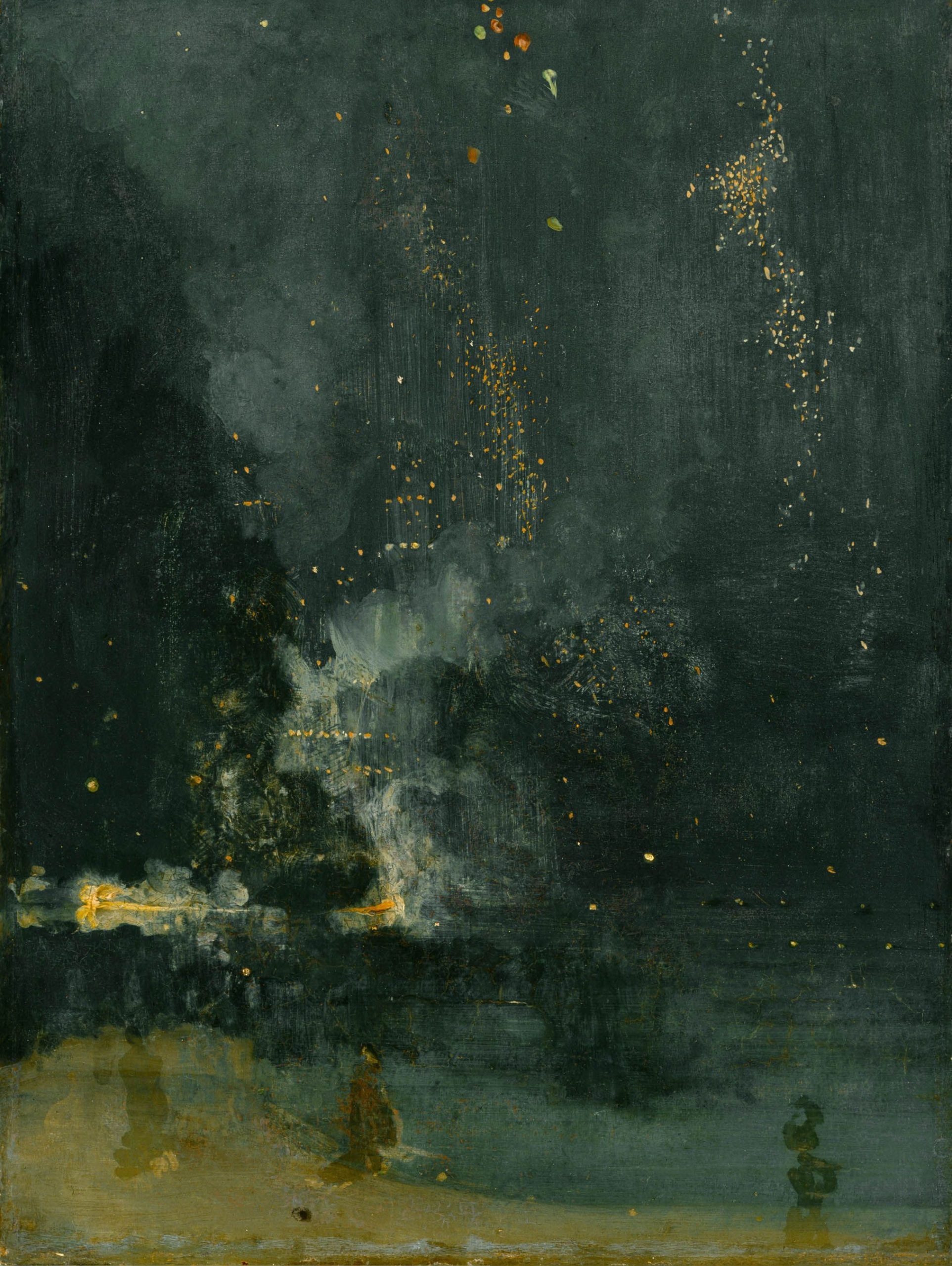


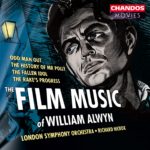
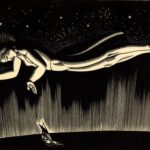








Pingback: George Gershwin’s Rhapsody In Blue Is In The Public Domain And Gerswhin’s Nephew Is Worried Someone Might Turn It Into Hip Hop – Curtis Ryals Reports
Pingback: La rhapsodie en bleu de George Gershwin est dans le domaine public et le neveu de Gerswhin est inquiet ... - Parc d'attraction - tous savoir
Pingback: George Gershwin’s Rhapsody In Blue Is In The Public Domain And Gerswhin’s Nephew Is Worried Someone Might Turn It Into Hip Hop | General News
Pingback: La rhapsodie en bleu de George Gershwin est dans le domaine public et le neveu de Gerswhin est inquiet que quelqu'un puisse le transformer en hip-hop
Pingback: Symphonic Thunder and Lightning of Janis Ivanovs - WilderUtopia